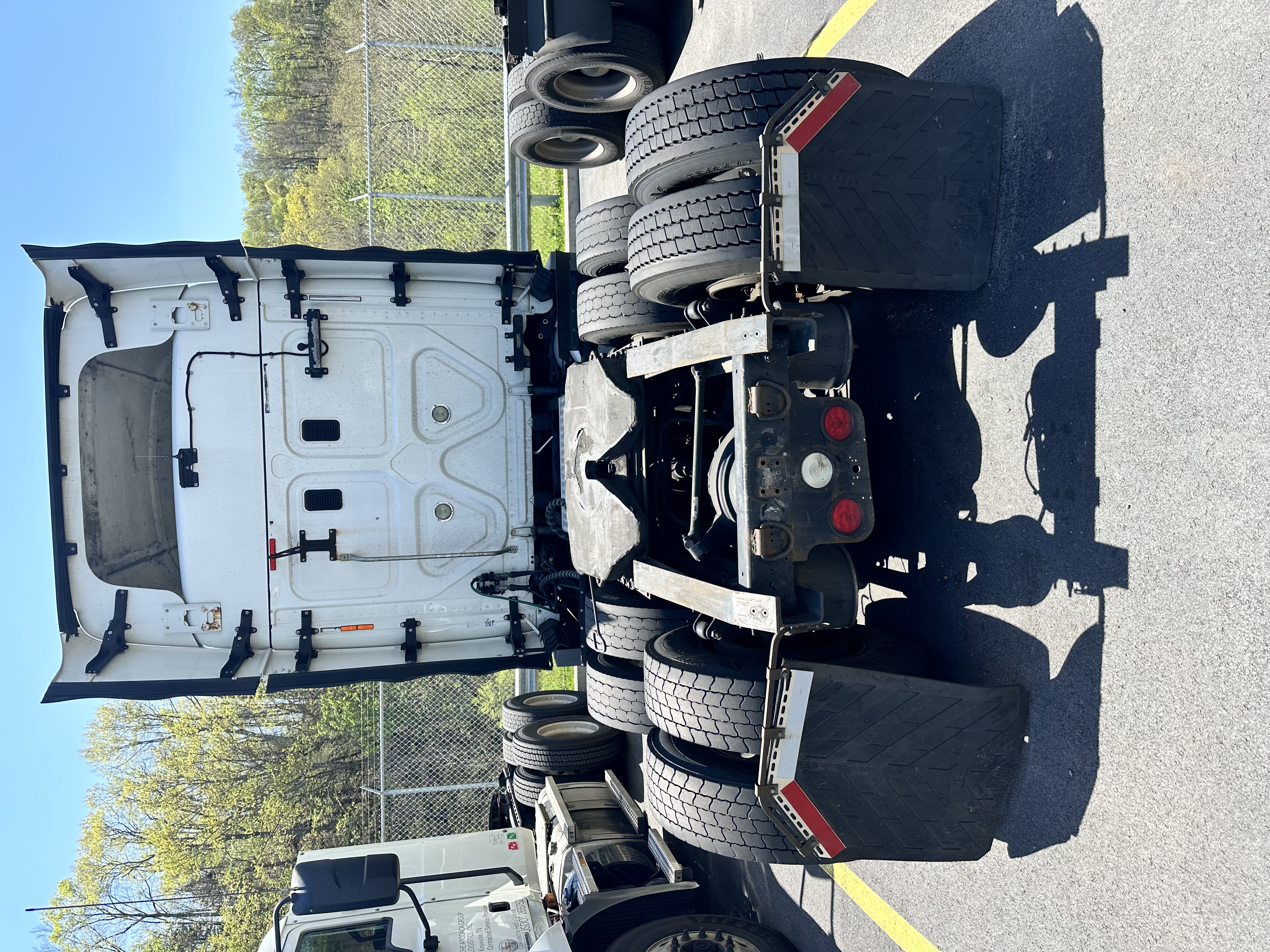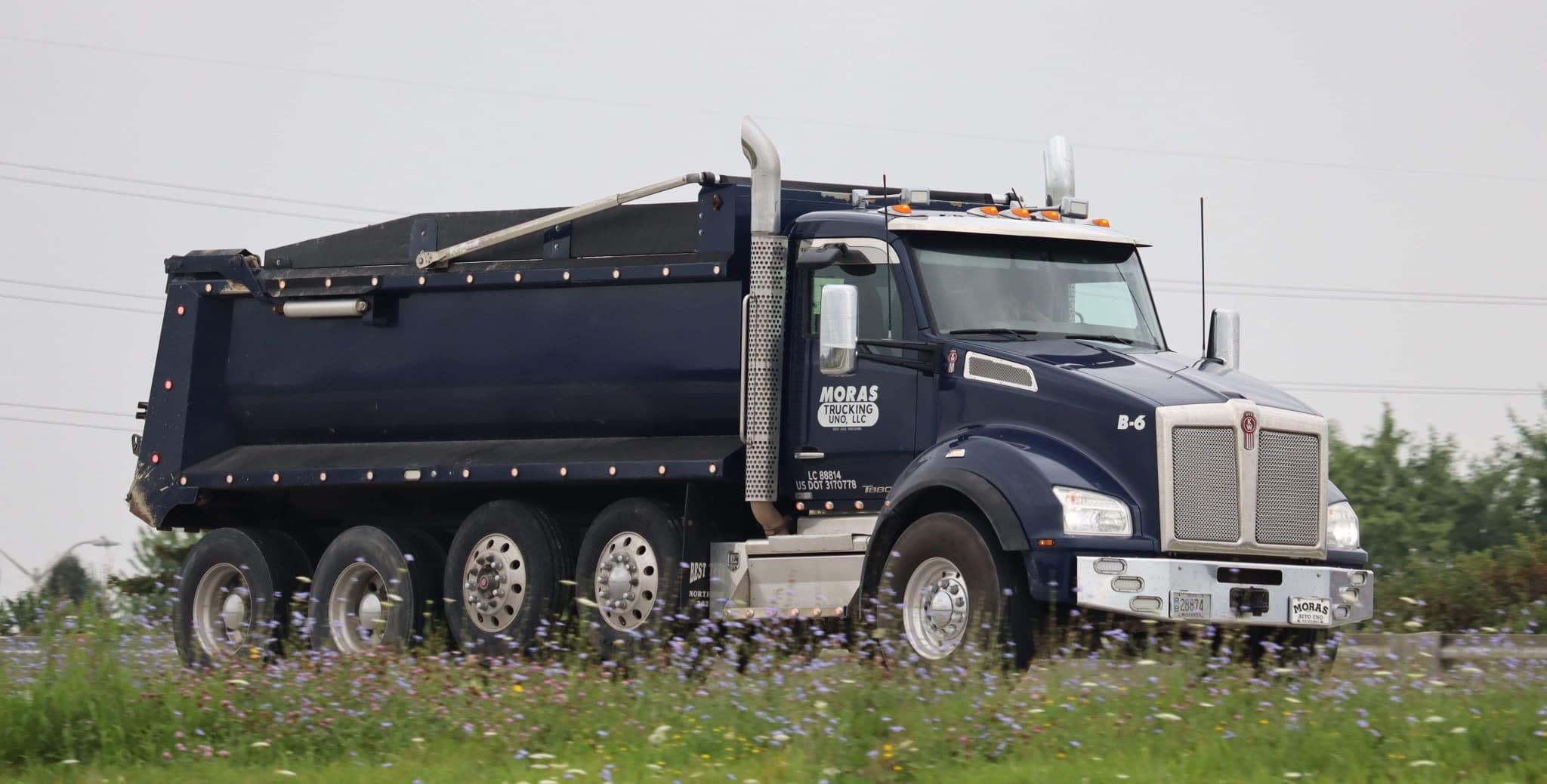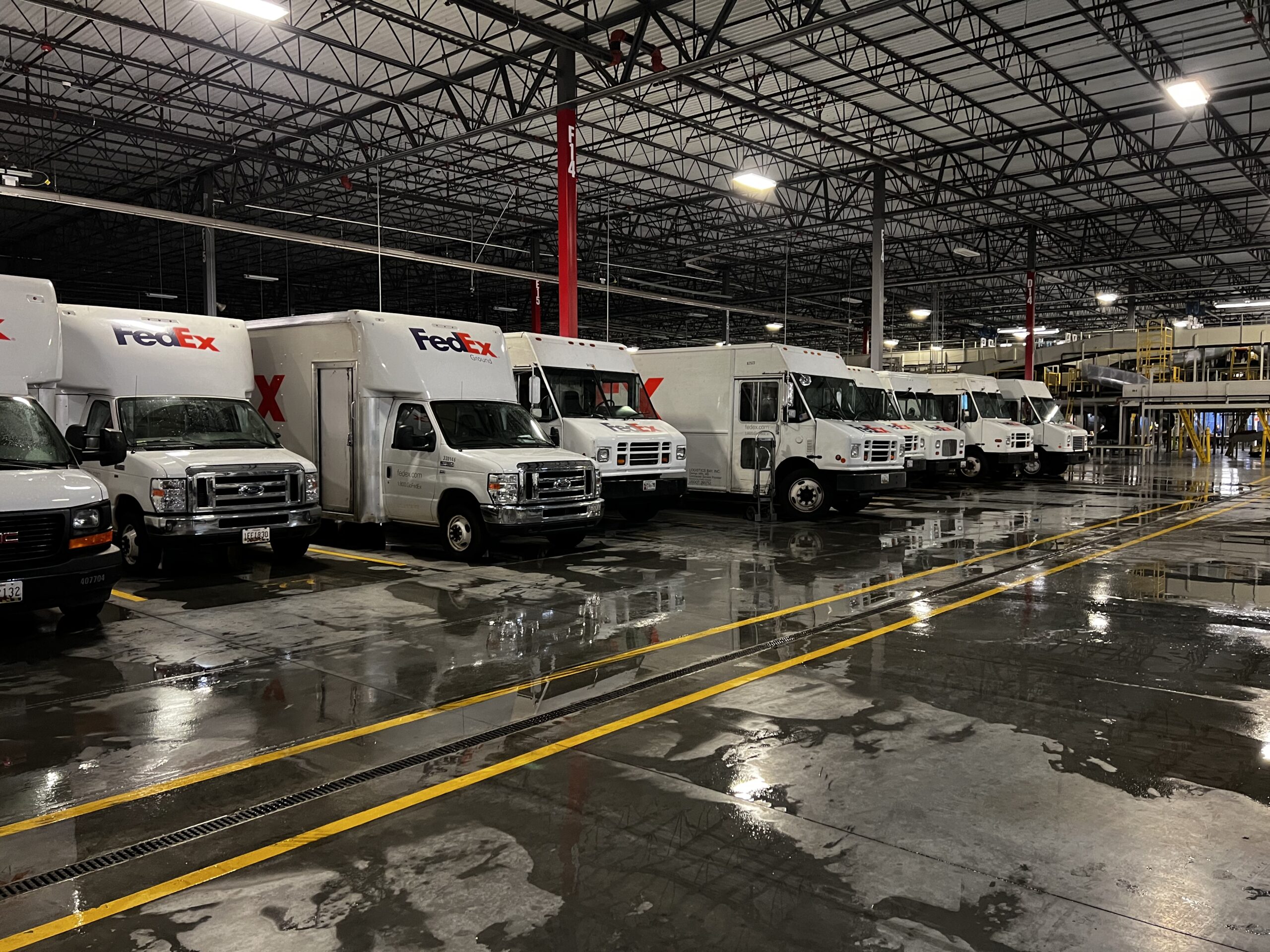Tire aging and degradation are critical issues that impact the safety, performance, and longevity of your fleet’s tires. As tires age, they undergo various physical and chemical changes that can compromise their structural integrity. Understanding these processes is essential for fleet managers who aim to maximize the lifespan of their tires and maintain the safety of their vehicles.
The primary culprit behind tire aging is the oxidation process. When tires are filled with regular compressed air, they are exposed to oxygen, which contributes to chemical reactions that degrade the rubber and other materials. This degradation not only reduces the tire’s performance but also increases the risk of tire failures, which can be hazardous on the road.
By learning more about how oxygen in air contributes to tire aging and degradation processes when tires are filled with regular compressed air, fleet managers can make informed decisions on tire maintenance and inflation techniques to extend tire life and enhance vehicle safety.
At Fuel & Tire Saver Systems Company, LLC, we specialize in mobile onsite nitrogen tire inflation services that significantly reduce the impact of oxygen on your tires, ensuring longer-lasting performance and improved safety. To learn more about our services and how we can help your fleet, Request Fleet Pricing, Contact our office at (703) 429-0382, or email Mike.LoPresti@fuelandtiresaver.com.
Table of Contents
ToggleRole of Oxygen in Tire Wear

The role of oxygen in tire wear is often underestimated, yet it plays a significant part in the degradation of tire materials. When tires are filled with regular compressed air, they are exposed to oxygen, which permeates the rubber over time. This exposure leads to a process known as oxidation, which weakens the rubber compounds and accelerates tire wear.
Oxidation causes the tire rubber to become brittle and less flexible, making it more susceptible to cracks and other forms of damage. As the rubber deteriorates, the tire’s ability to maintain traction, absorb shocks, and perform reliably under various driving conditions is compromised. This degradation is particularly concerning for fleets that rely on their vehicles for long-distance and heavy-duty operations.
Moreover, the presence of oxygen inside the tire can lead to the formation of ozone, a highly reactive molecule that further exacerbates the wear and tear of the tire rubber. Ozone attacks the tire surface, causing it to harden and crack, which can lead to premature tire failures and increase the risk of accidents.
Addressing the role of oxygen in tire wear is crucial for fleet managers who wish to enhance tire longevity and ensure vehicle safety. One effective solution is to switch to nitrogen inflation, which significantly reduces the presence of oxygen inside the tires. Nitrogen is less reactive and does not contribute to the oxidation process, thereby slowing down tire wear and extending the lifespan of the tires.
Chemical Reactions Caused by Oxygen

Understanding the chemical reactions caused by oxygen is essential to grasp why tires degrade over time. When tires are filled with regular compressed air, they are exposed to approximately 21% oxygen. This oxygen can initiate and accelerate various chemical reactions within the tire materials, leading to significant long-term damage.
One of the primary reactions is oxidation, where oxygen molecules interact with the rubber compounds in the tire. This reaction results in the formation of new molecular structures that weaken the rubber, making it less elastic and more brittle. The breakdown of these compounds not only affects the tire’s structural integrity but also reduces its performance capabilities.
Another critical reaction is the formation of ozone. When oxygen inside the tire is subjected to electrical discharges or ultraviolet light, it can convert to ozone. Ozone is a powerful oxidizing agent that reacts aggressively with the tire’s rubber, causing it to crack and deteriorate faster. This is particularly problematic for tires exposed to frequent high temperatures and long hours of sunlight, common conditions for many truck fleets.
Additionally, oxygen can react with other materials used in tire manufacturing, such as steel belts and fabric reinforcements. Oxidation of these components can lead to corrosion and weakening, further compromising the overall durability and safety of the tire.
By recognizing these chemical reactions, fleet managers can take proactive measures to mitigate their effects. For instance, inflating tires with nitrogen instead of regular compressed air can significantly reduce the presence of oxygen, thus minimizing these harmful reactions and prolonging tire life.
Impact of Regular Compressed Air
The impact of regular compressed air on tire longevity and performance cannot be overstated. Regular compressed air, which contains a significant amount of oxygen, introduces several challenges that can accelerate tire aging and degradation processes.
Firstly, regular compressed air is composed of approximately 21% oxygen and 78% nitrogen, with the remaining 1% consisting of other gases. The presence of oxygen is particularly problematic because it can permeate through the tire walls over time. This permeation causes the tire to lose pressure more quickly than if it were filled with pure nitrogen, necessitating more frequent pressure checks and adjustments. Inconsistent tire pressure can lead to uneven tire wear and reduced fuel efficiency.
Secondly, oxygen in the compressed air can interact with the rubber compounds within the tire. This interaction leads to oxidation, a chemical reaction that deteriorates the rubber, making it more brittle and prone to cracking. Over time, this results in weakened tires that are more susceptible to blowouts and other failures, posing a significant safety risk for truck fleets.
Moreover, regular compressed air often contains moisture, which can exacerbate the problem. Moisture inside the tire can contribute to the formation of rust on steel belts and other internal components, further weakening the tire’s structure. This moisture can also freeze in colder temperatures, leading to fluctuations in tire pressure and performance issues.
By understanding the detrimental effects of regular compressed air, fleet managers can make informed decisions about tire maintenance and inflation practices. Opting for nitrogen inflation can help mitigate these issues by providing a more stable and inert gas that reduces oxidation and moisture-related problems, ultimately extending the life and performance of the tires.
Benefits of Nitrogen Inflation

Switching to nitrogen inflation offers a multitude of benefits that can significantly enhance the performance, safety, and longevity of your truck fleet’s tires. Unlike regular compressed air, nitrogen is a more stable and inert gas, providing several key advantages.
Firstly, nitrogen molecules are larger than oxygen molecules, which means they permeate through the tire walls much more slowly. This results in more consistent tire pressure over time, reducing the need for frequent pressure checks and adjustments. Consistent tire pressure ensures even tire wear, improved fuel efficiency, and a smoother ride.
Secondly, nitrogen is a dry gas, devoid of the moisture found in regular compressed air. This absence of moisture is crucial because it eliminates the risk of internal rusting of steel belts and other components within the tire. Without moisture, the tires are also less prone to pressure fluctuations caused by temperature changes, enhancing overall tire performance and reliability.
Moreover, nitrogen inflation helps in minimizing the oxidation process. When tires are filled with regular compressed air, the oxygen molecules interact with the rubber compounds, leading to oxidation and degradation. Nitrogen, being an inert gas, does not react with the rubber, thereby preserving its integrity and extending the tire’s lifespan. This reduction in oxidation also means that the tires remain more flexible and less brittle over time, reducing the risk of blowouts and other failures.
Additionally, nitrogen inflation can contribute to environmental sustainability. Improved fuel efficiency and extended tire life mean fewer tires need to be manufactured and disposed of, reducing the overall environmental footprint of your fleet operations.
By opting for nitrogen inflation, fleet managers can enjoy the benefits of enhanced safety, cost savings, and environmental responsibility, making it a wise choice for modern trucking operations.
Conclusion on Tire Longevity

In conclusion, understanding how oxygen in air contributes to tire aging and degradation processes when tires are filled with regular compressed air is essential for maximizing tire longevity and enhancing vehicle safety. The detrimental effects of oxygen, such as oxidation, moisture-induced corrosion, and inconsistent tire pressures, highlight the importance of considering alternatives like nitrogen inflation.
Nitrogen inflation offers a compelling solution by mitigating the negative impacts of oxygen. The larger nitrogen molecules reduce pressure loss, while the dry and inert nature of nitrogen prevents internal moisture and oxidation. These benefits lead to more consistent tire performance, improved fuel efficiency, and extended tire life, contributing to safer and more cost-effective fleet operations.
By adopting nitrogen inflation, fleet managers can significantly enhance their maintenance practices, ensuring that their vehicles are operating at optimal levels. This proactive approach not only saves money in the long run but also plays a role in environmental conservation by reducing tire waste and fuel consumption.
For fleet managers looking to make a positive impact on their operations, now is the time to consider the switch to nitrogen inflation. Request Fleet Pricing, contact our office at (703) 429-0382, or email Mike.LoPresti@fuelandtiresaver.com. Make the smart choice for your fleet’s future today!


